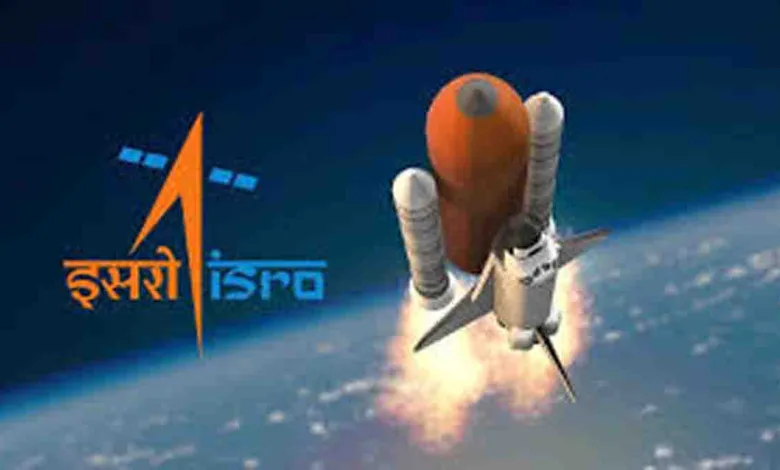ISRO: India’s Space Odyssey and Its Global Impact
The Indian Space Research Organisation (ISRO) stands as one of the world’s leading space agencies, renowned for its cost-effective, high-impact missions and groundbreaking advancements in space technology. Founded in 1969, ISRO has played a pivotal role in transforming India into a major player in space exploration, with its innovations extending beyond the nation’s borders to contribute to global scientific and technological progress.
A Brief History of ISRO
ISRO was established under the visionary leadership of Dr. Vikram Sarabhai, who is considered the father of India’s space program. With a mission to harness space technology for the development of India, ISRO embarked on its first satellite launch in 1975 with Aryabhata, marking the country’s entry into space exploration. Over the decades, ISRO has made remarkable strides, successfully launching satellites, conducting lunar and Mars missions, and establishing itself as a global leader in satellite launching services.
Key Milestones in ISRO’s Journey
- Aryabhata (1975): India’s first satellite, Aryabhata, marked the beginning of India’s space journey. Though primarily an experimental satellite, its launch laid the foundation for future satellite missions.
- SLV-3 and Rohini (1980): ISRO’s Satellite Launch Vehicle (SLV-3) successfully placed the Rohini satellite into low Earth orbit in 1980, making India the sixth nation to develop the capability to launch satellites independently.
- Chandrayaan-1 (2008): India’s first mission to the Moon, Chandrayaan-1, was a major success, discovering water molecules on the lunar surface and paving the way for future lunar exploration.
- Mangalyaan (2013): The Mars Orbiter Mission (Mangalyaan) was a landmark achievement for ISRO. India became the first country to reach Mars in its first attempt, and the mission was accomplished with an extremely economical budget, highlighting ISRO’s capability for cost-effective space exploration.
- Chandrayaan-2 (2019): Building on the success of Chandrayaan-1, ISRO launched Chandrayaan-2 to further explore the lunar surface, with a focus on the Moon’s South Pole. Though the lander faced challenges during descent, the orbiter continues to provide valuable data about the Moon.
- Gaganyaan (2024): Set to launch in 2024, Gaganyaan will be India’s first manned space mission, aiming to send Indian astronauts to space. This ambitious project will establish ISRO as one of the few space agencies capable of human spaceflight.
ISRO’s Contributions to Global Space Exploration
While ISRO’s space missions have earned international acclaim, the organization’s contributions go far beyond national pride. ISRO has emerged as a reliable partner in space for countries around the world, particularly through its cost-effective satellite launch services.
- Antrix Corporation, ISRO’s commercial arm, provides satellite launch services to both private and government clients globally. Over the years, ISRO has launched satellites for countries including the USA, UK, France, Germany, and many others.
- The Polar Satellite Launch Vehicle (PSLV), one of ISRO’s most reliable workhorses, has earned global recognition for its ability to launch multiple satellites in one mission. In 2017, ISRO made history by launching 104 satellites in a single PSLV mission, setting a world record.
- ISRO has also contributed to the Global Navigation Satellite System (GNSS) with the development of its own navigation system, NAVIC (Navigation with Indian Constellation), which serves the Indian region and offers positioning services to neighboring countries.
Low-Cost Innovation: ISRO’s Key Strength
One of ISRO’s most notable achievements is its ability to conduct high-profile space missions on a fraction of the budget used by other major space agencies. The Mars Orbiter Mission (Mangalyaan) is often cited as a prime example of this efficiency, as it cost only about $74 million—less than many Hollywood movies about space exploration.
ISRO’s focus on frugality and innovation has enabled it to become a competitive player in the space industry. This approach not only makes space exploration accessible to developing nations but also demonstrates the potential for more sustainable and efficient space missions worldwide.
Future Missions and Projects
- Chandrayaan-3: Building on the experiences of Chandrayaan-2, the Chandrayaan-3 mission aims to achieve a successful soft landing on the lunar surface.
- Aditya-L1: ISRO is planning to launch Aditya-L1, a mission to study the Sun, particularly its outermost layer, the corona. This mission will provide valuable data on solar activities and their impact on space weather.
- Gaganyaan: India’s first manned mission, Gaganyaan, is set to put Indian astronauts into space by 2024. This project aims to demonstrate India’s capability in human spaceflight and will mark a major milestone in ISRO’s journey.
- Reusable Launch Vehicle (RLV): ISRO is developing a reusable space vehicle similar to NASA’s Space Shuttle, which will reduce the cost of satellite launches and space missions significantly.
- Space Stations and Beyond: In the coming years, ISRO has ambitious plans to establish a space station and play a more active role in deep space exploration, including potential missions to other planets.
Conclusion: ISRO’s Role in Shaping the Future
The Indian Space Research Organisation has grown from humble beginnings into a global leader in space exploration and satellite services. With its innovative approach, commitment to cost-effective missions, and a clear vision for the future, ISRO continues to push the boundaries of what is possible in space exploration.
As the world faces new challenges in technology, climate change, and communication, ISRO is well-positioned to provide solutions through its advancements in space science and technology. Its upcoming missions promise to further solidify India’s role in the global space community.
For more updates on space exploration and the latest advancements in science and technology, visit ITSparkMedia.


